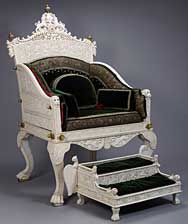Queen’s Footstool
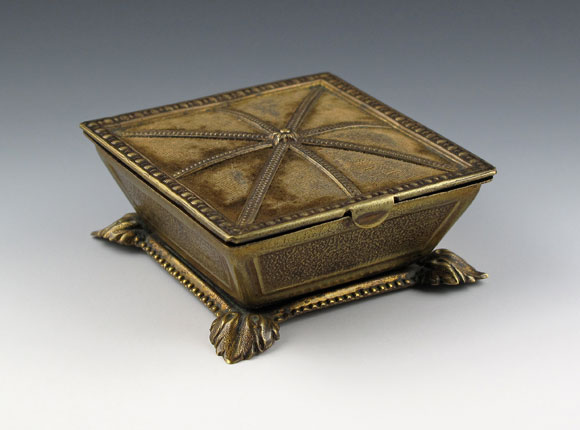
Needle Case
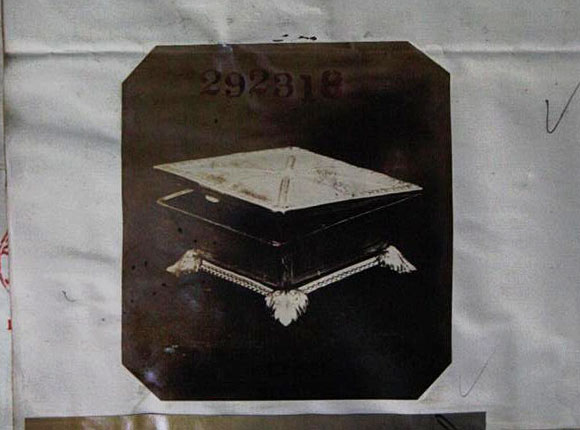
Design Representation
Design Details
Needle Case Type: |
Figural |
Patent/Registered to: |
W. Avery & Son - Redditch |
Patent/Design Representation #: |
Ornamental Class1: Metal: #292318 |
Patent/Design Registration Date: |
June 23, 1875 |
Location of Patent/Design Registration: |
The National Archives (TNA) - Kew, UK |
Reference #: |
TNA Representation - BT 43/38/292318
TNA Register - BT 44/3/292318 |
Dimensions: |
5 x 5 x 2 |
Material: |
Brass |
Name Variations: |
a) W. Avery & Son – Redditch
b) Letts, Son & Co - London
c) W. Whiteley – Westbourne Grove |
Other Variations: |
a) Black/greenish velvet fabric (a photograph of this needle case can be found at www.averyneedlecases.com)
b) Light brown velvet fabric
c) Purple velvet fabric
d) Pink/burgundy velvet fabric
e) Blue velvet fabric
f) Red velvet fabric |
Additional Photographs
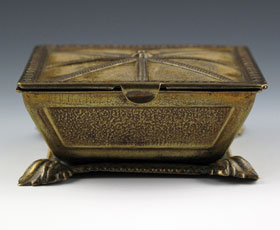
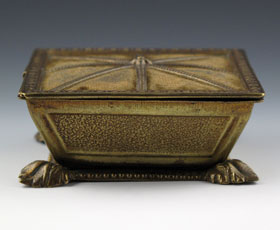
Front clasp and side views
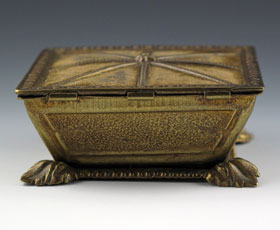
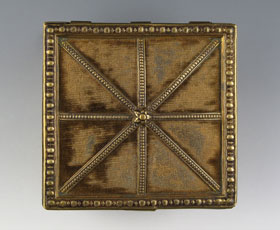
Back hinge and top views
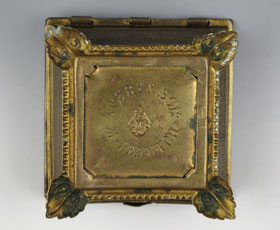
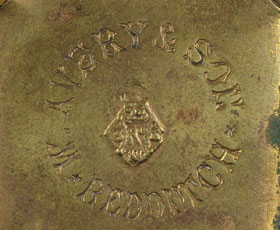
Bottom and Avery signature detail

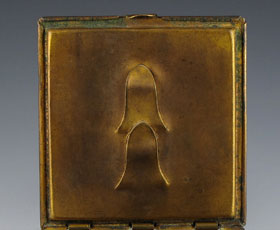
Interior and interior detail for needle packets
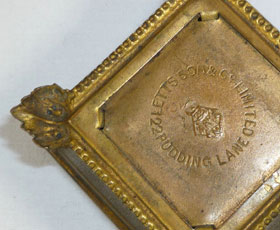
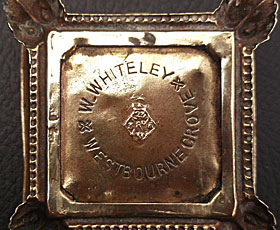
Letts signature detail and Whiteley signature detail
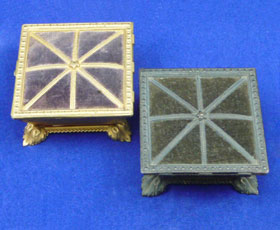
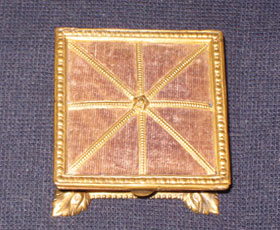
With purple, light brown and pink/burgundy cushions (photographs courtesty of Lynda Herrod and Diana Simms)
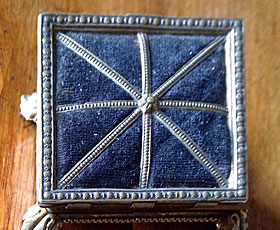
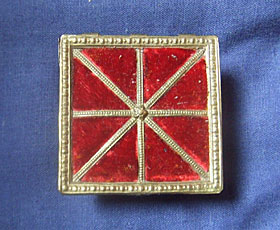
With blue and red cushions (photographs from eBay)
Facts
A footstool is a low piece of furniture used to support the feet while a person is seated. Some footstools are designed to be placed next
to a chair so a person can stretch out and rest their legs on it. These are usually as wide and as tall as the seated portion of the chair and
are upholstered in the same fabric. They are also known as ottomans. Another type of footstool is a smaller, shorter one simply placed
under the feet so the person can sit comfortably in a chair that is so high that the feet do not touch the floor without it.
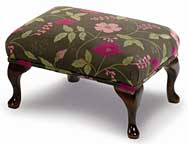
History
Although footstools date back to ancient times when they were used by kings and other important magistrates, it wasn’t until the 17th century
that they came into common use among the wealthy class. These were sometimes called “gout stools” since gout was at that time considered a
rich man’s disease and elevating throbbing feet was the only way to get relief. Around the same time the poorer classes used footstools to
keep their feet off of cold floors and closer to the warmth of the fireplace. For them three legged stools often worked better that four on
cobblestone and earthen floors. During the Victorian period footstools were popular with the middle class and became much more sophisticated
with intricate designs, wood inlays and elegant embroidery. The footstool shown in the 1838 painting below was used by Queen Victoria’s
favorite dog, Dash, a Cavilier King Charles Spaniel.
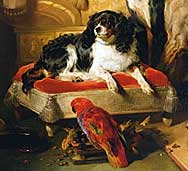
Miscellaneous
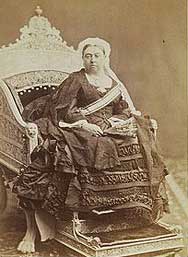
Queen Victoria often used a footstool because she was only five feet tall and much of the furniture used by the royals, such as the throne she
sat in, were originally designed for much taller men. One of the most treasured items from the Victorian Era was the throne given to the Queen
by India’s Maharajah. This magnificent thrown, with its matching velvet-topped footstool, was carved in ivory with Indian and Europeans motifs
and decorated with gemstones. It was first displayed at the Great Exhibition of 1851.
